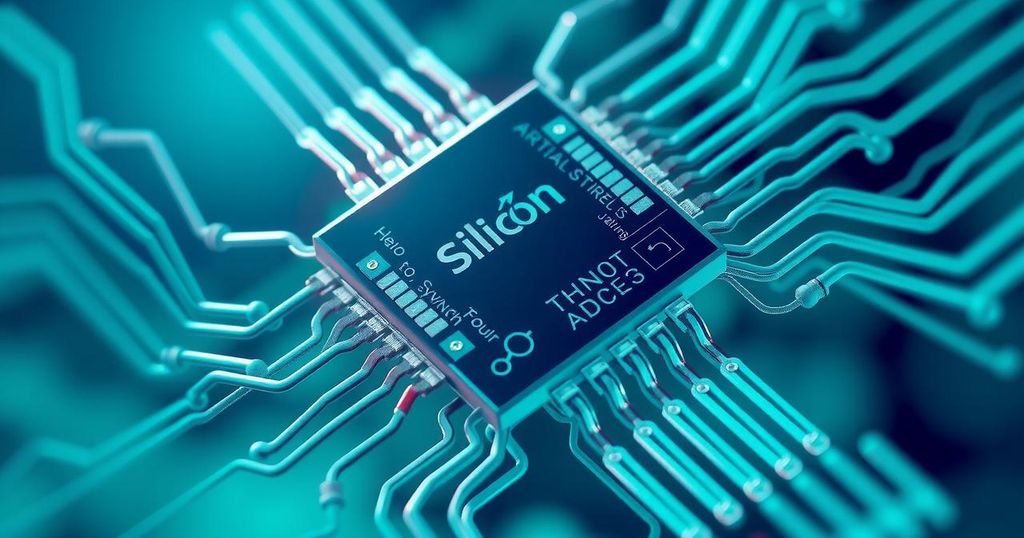Revolutionizing AI: Single Transistor Mimics Neural Functions
NUS researchers have shown that a standard silicon transistor can mimic biological neurons and synapses, leading to energy-efficient hardware for artificial neural networks. This discovery advances neuromorphic computing, suggesting a future where chips operate similarly to the human brain. The findings, published in ‘Nature’, highlight the potential for scalable and reliable AI processors.
Researchers at the National University of Singapore (NUS) have made a groundbreaking discovery, showing that a standard silicon transistor can mimic the functions of biological neurons and synapses. Led by Associate Professor Mario Lanza, the team’s innovation paves the way for an energy-efficient solution for hardware-based artificial neural networks (ANNs), inching neuromorphic computing closer to existence. Their findings were published in the journal ‘Nature’ on 26 March 2025.
The human brain, a marvel of nature, operates intensely more efficiently than any current electronic processor, boasting approximately 90 billion neurons and 100 trillion connections. Scientists have long aimed to replicate this efficiency with artificial neural networks, which have driven significant AI advancements. However, these software-based models, such as those behind large language models like ChatGPT, require substantial computational resources, limiting their practicality.
Neuromorphic computing seeks to emulate the brain’s processing power and energy efficiency, necessitating a redesign of system architecture coupled with electronic devices that imitate the workings of neurons and synapses. Current systems face constraints due to complex multi-transistor circuits and unproven novel materials for mass production. “To enable true neuromorphic computing, we need hardware that is both scalable and energy-efficient,” emphasized Professor Lanza.
The NUS team achieved a significant milestone by demonstrating that a single silicon transistor can replicate neural firing and synaptic changes through specific operations. This involves manipulating the transistor’s resistance to control both punch-through impact ionization and charge trapping phenomena. The team even created a two-transistor cell, termed “Neuro-Synaptic Random Access Memory” (NS-RAM), that functions either as a neuron or synapse, marking a novel advancement in semiconductor technology.
“Our method utilizes commercial CMOS technology found in modern processors, making it scalable, reliable, and compatible with existing manufacturing processes,” Professor Lanza explained. Experiments with the NS-RAM cell revealed low energy consumption, stable performance, and consistent behavior across devices, characteristics critical for reliable ANN hardware. This breakthrough could herald a new era of compact and energy-efficient AI processors, enhancing computing speed and responsiveness.
The NUS researchers have taken a significant leap towards revolutionizing artificial intelligence by demonstrating that a typical silicon transistor can perform like a neuron and synapse. This advancement not only brings neuromorphic computing closer to fruition but also emphasizes the importance of scalability and energy efficiency in AI hardware. Ultimately, the development of NS-RAM could lead to faster and more efficient AI processors, enhancing the performance and practicality of AI applications.
Original Source: news.nus.edu.sg




Post Comment